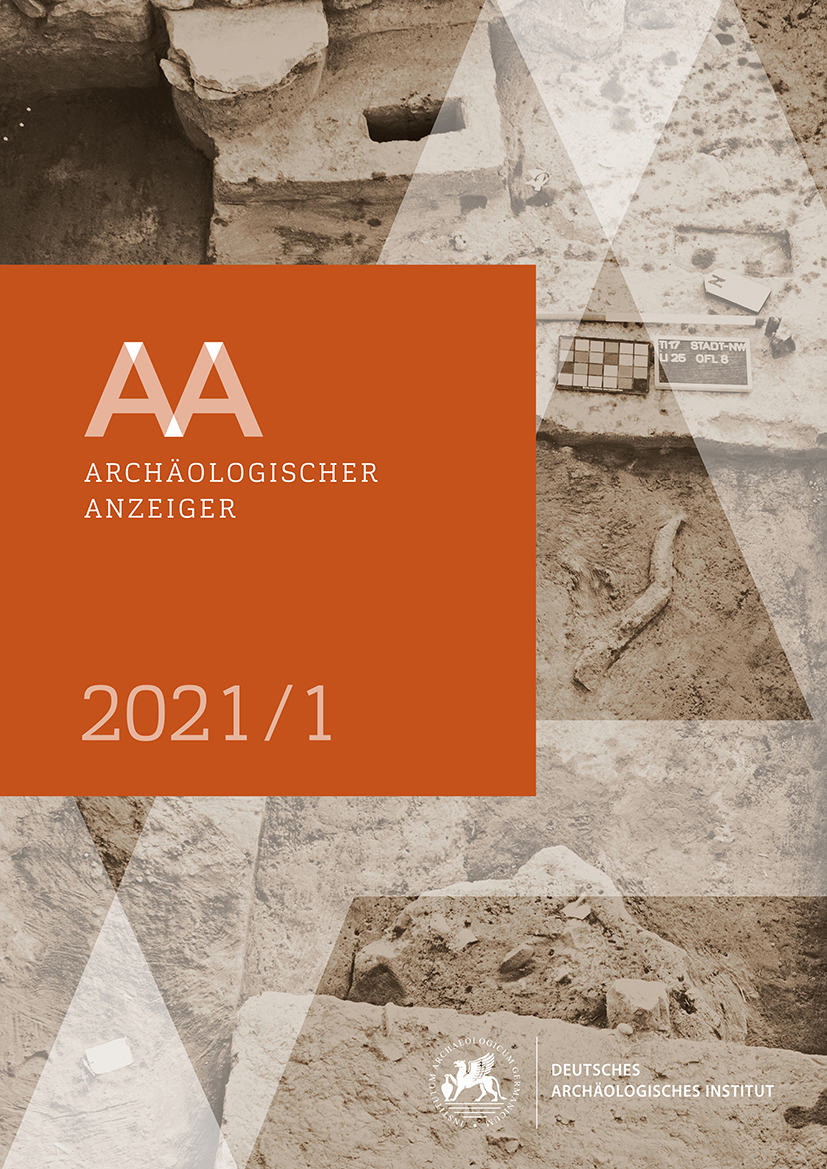Frauen in der Knotenpalla auf attischen Grabreliefs. Mehr als nur Dienerinnen der Isis?
https://doi.org/10.34780/8dpe-udvi
Abstract
Attic grave stelai of the Roman era showing women in the dress of Isis shape our understanding of the cult of Isis and her devotees. Comparison of the reliefs with the epigraphical evidence of how the cult was practiced in Athens makes clear that these practices left no trace in the grave stelai. The pictures on the stelai also deviate from generic images of the cult. Instead of depicting specifically Attic practices or the nuanced hierarchy of the personnel of cult, the portraits of the Isiacae fit into a type, following the conventions of this medium. A closer look at the Isiacae in the context of the other women portrayed on the Attic stelai of the Roman era reveals shared qualities: While the exotic garment helps to attract attention and signals affluence, their characterization as wife and mother integrates them within the civic norm. Hence, their images are not only a result of the customs of the cult, but are also shaped by the wish to create a representative image of the deceased (and in some cases their family members).


